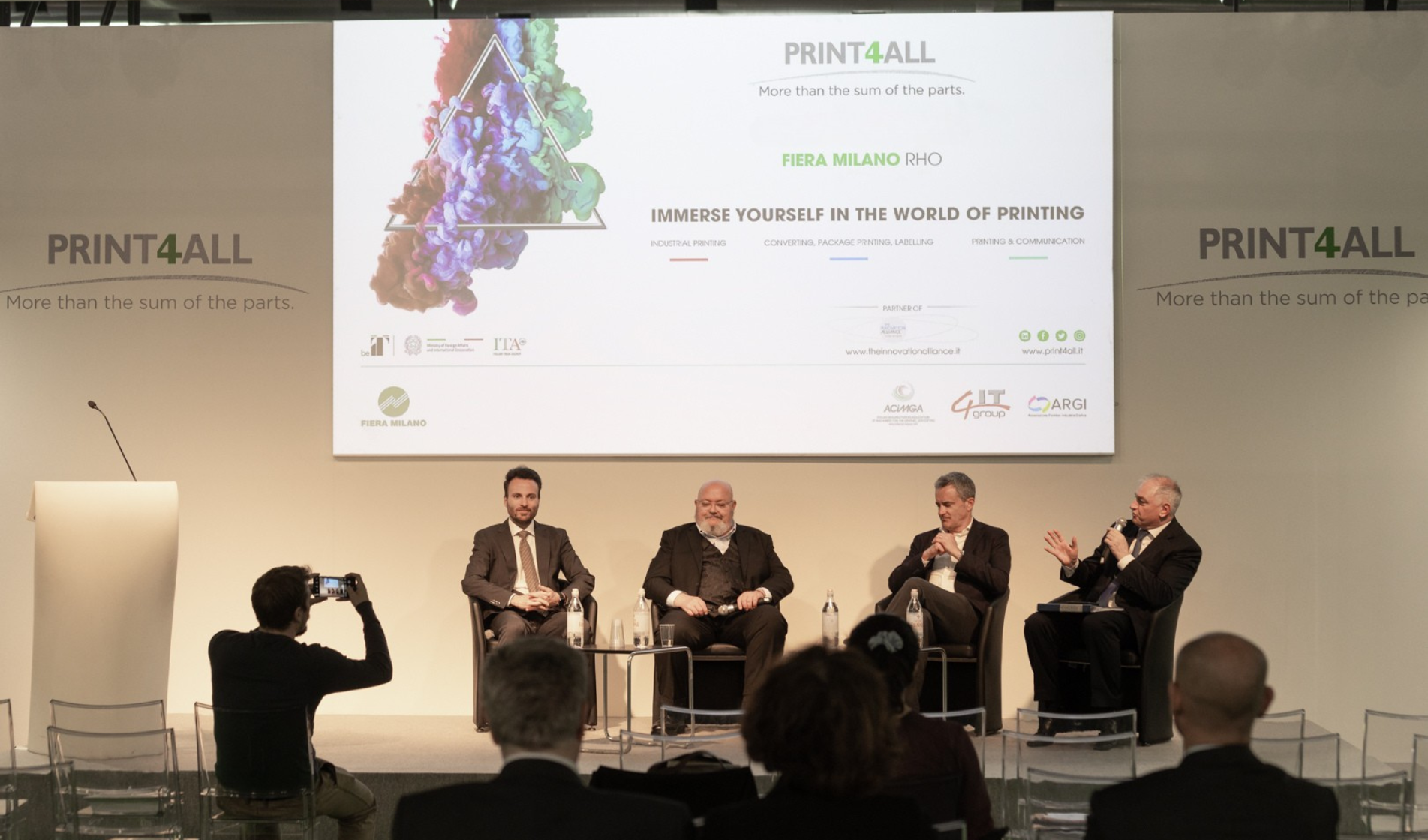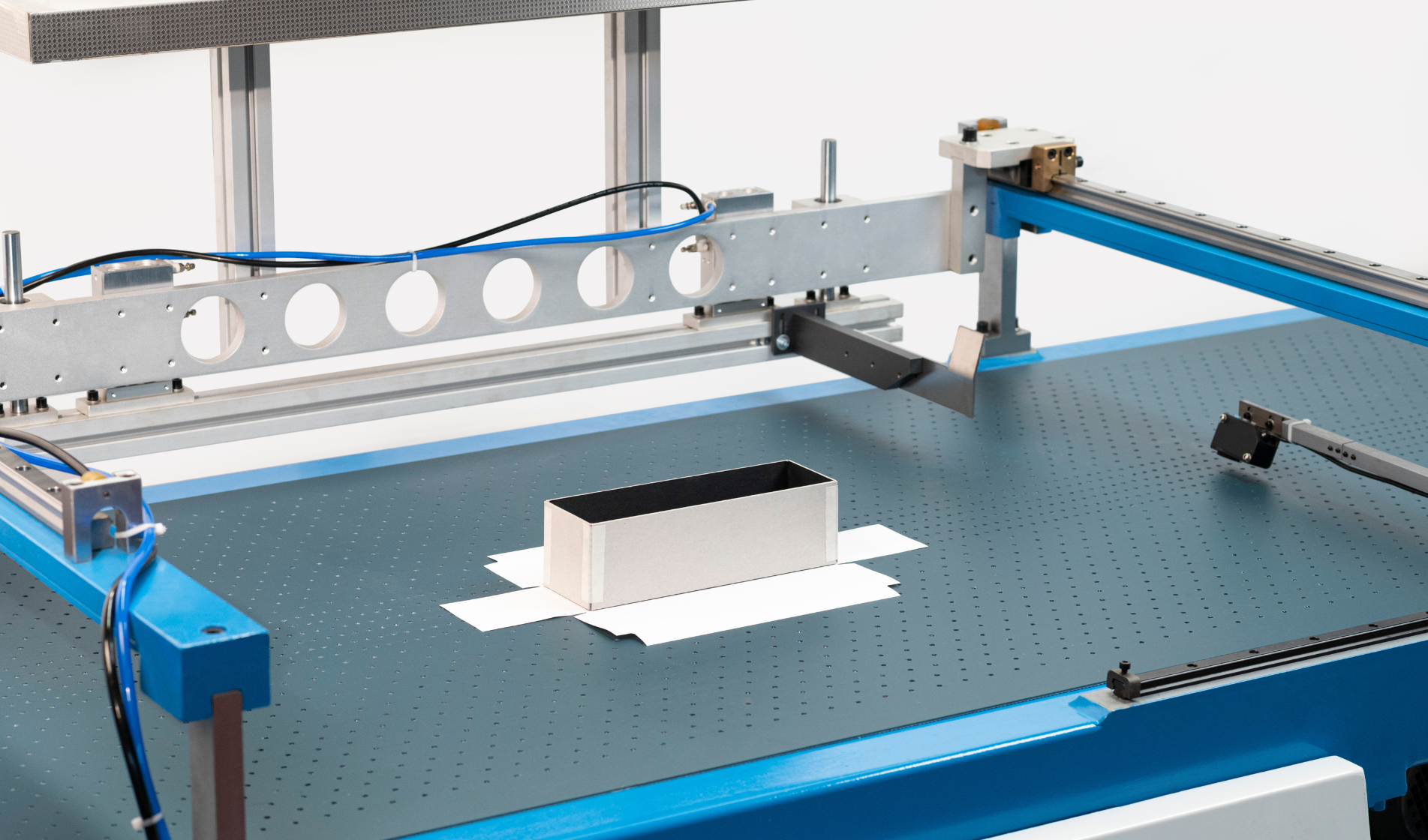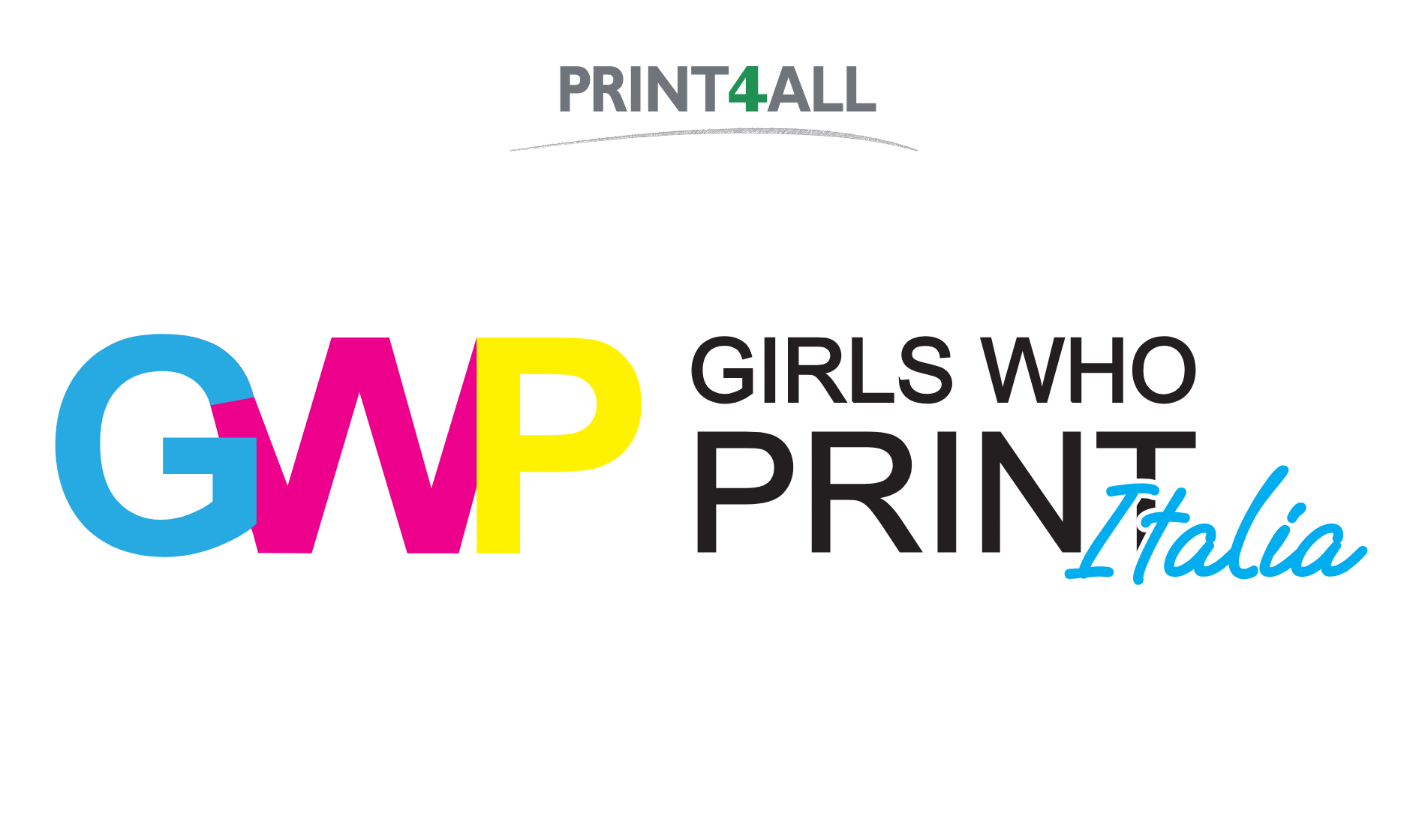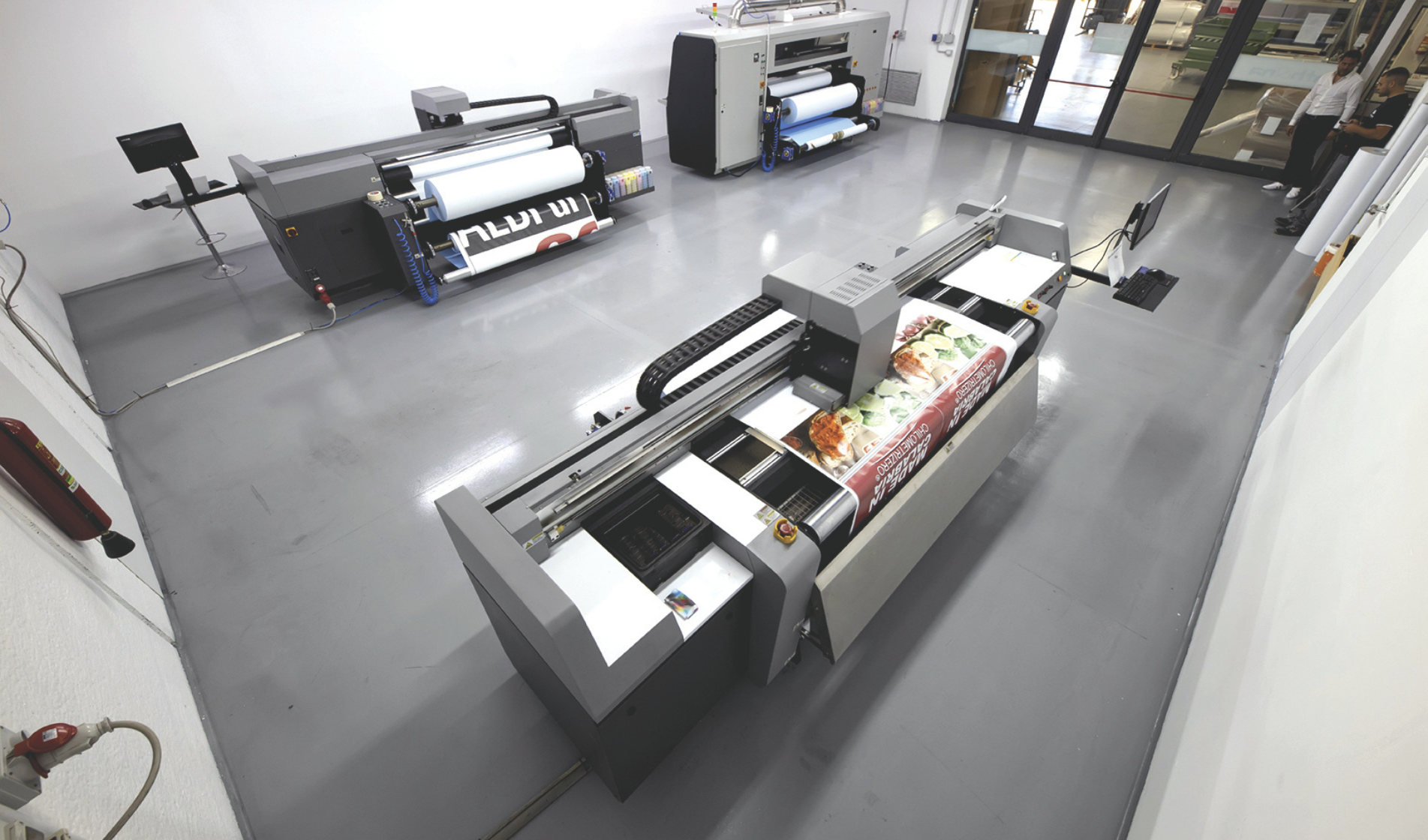The pandemic-accelerated digitisation of logistics is simplifying supply chain operations and post-COVID economic recovery, Anabel González, deputy director general of the World Trade Organization (WTO), recently said during a webinar titled Digitalisation and logistics resilience-lessons learned from COVID-19 and challenges ahead, held on October 15.
In the textile industry, supply chain digitisation results in lower unsold rates and lower inventory. Moreover, the introduction of workflow management systems has progressively simplified the production of limited editions, with a high degree of customisation, which respond more punctually to the needs of customers and, at the same time, limit the phenomenon of overproduction, which has characterised industrial textile mass production in recent years.
Along with the integration of software for automated workflow management, the digitisation of the textile industry can include the introduction of technologies such as QR code, RFID and NFC. To promote circular business models, technology providers and retailers need to be able to account for sold garments that come back into their possession so that they can be repaired, reused or recycled. Each individual garment must therefore have a unique identification code that allows its life cycle to be traced at any time. Currently, the most common way to track a garment is to add a QR code on the label, but some brands are beginning to investigate methods of embedding QR codes within garments, through transfer printing. In addition to being functional, digital labels are a more aesthetic and practical option, as physical labels are inconvenient and visually unattractive.
In the future, it is conceivable that more and more companies will consider developing "digital passports" for their clothing and accessories, containing QR codes or NFC and RFID technology, accessible not only to brands and retailers, but also to customers. For the former, the main advantage is to be able to accurately communicate how a product is made, but also to incentivise alternative business models such as re-commerce, peer-to-peer commerce and direct-to-consumer. Consumers have the opportunity to verify the origin and authenticity of a garment, learn instructions for its care and maintenance and, last but not least, enjoy unique experiences designed according to their preferences.







